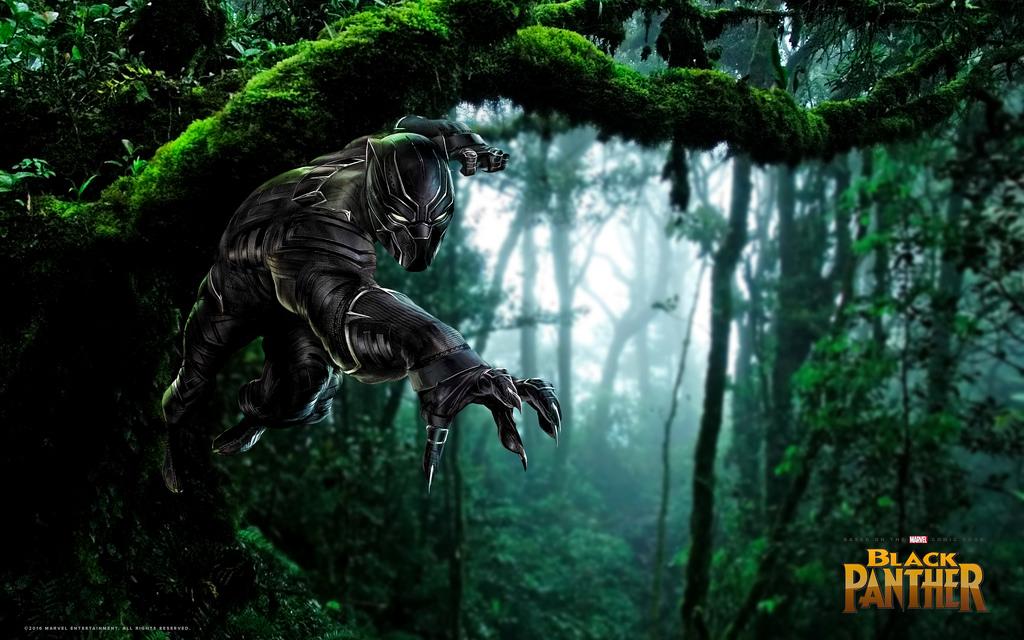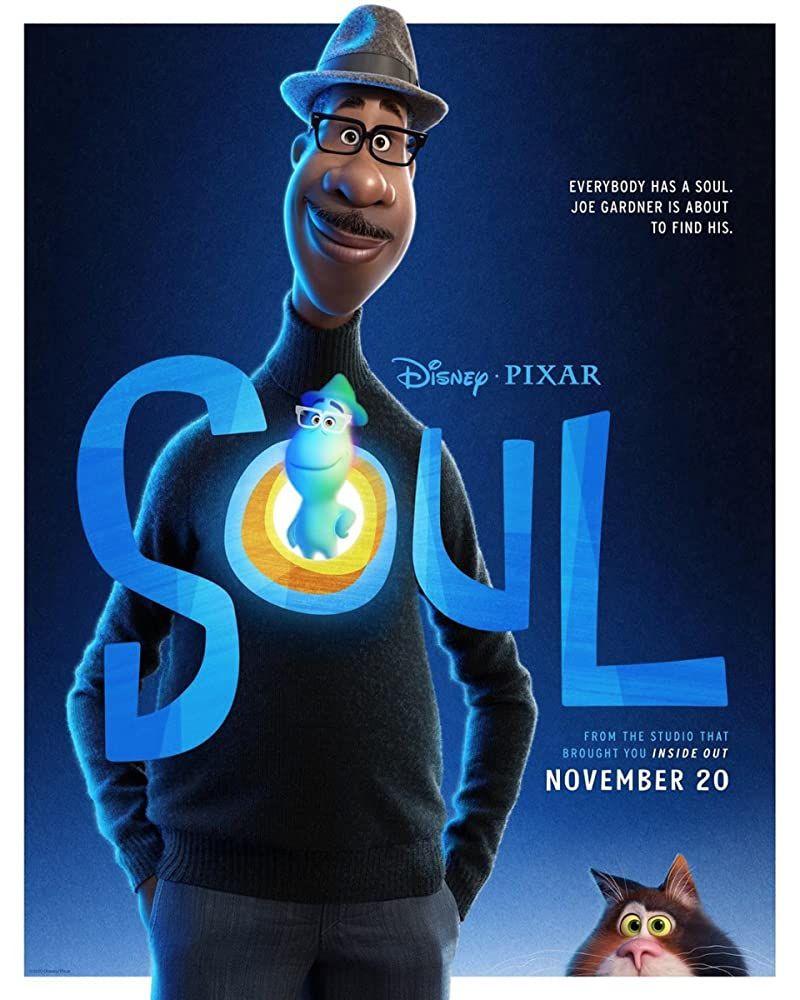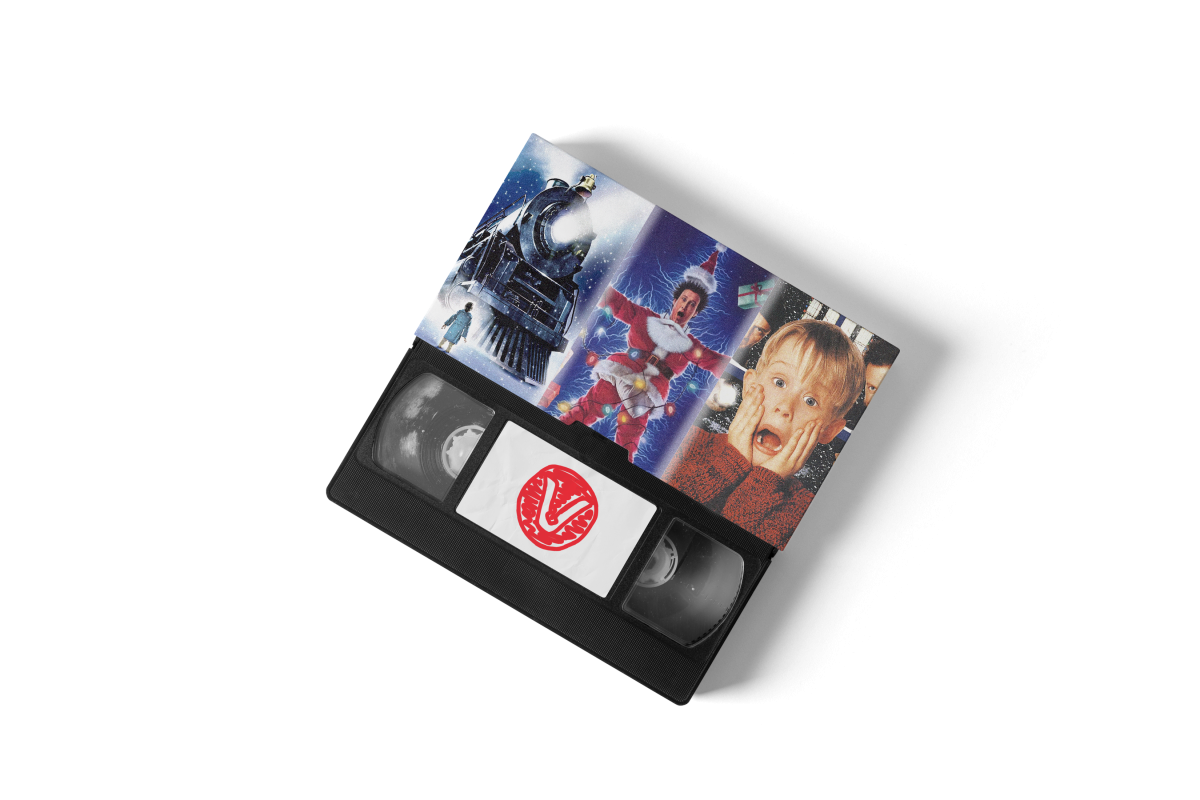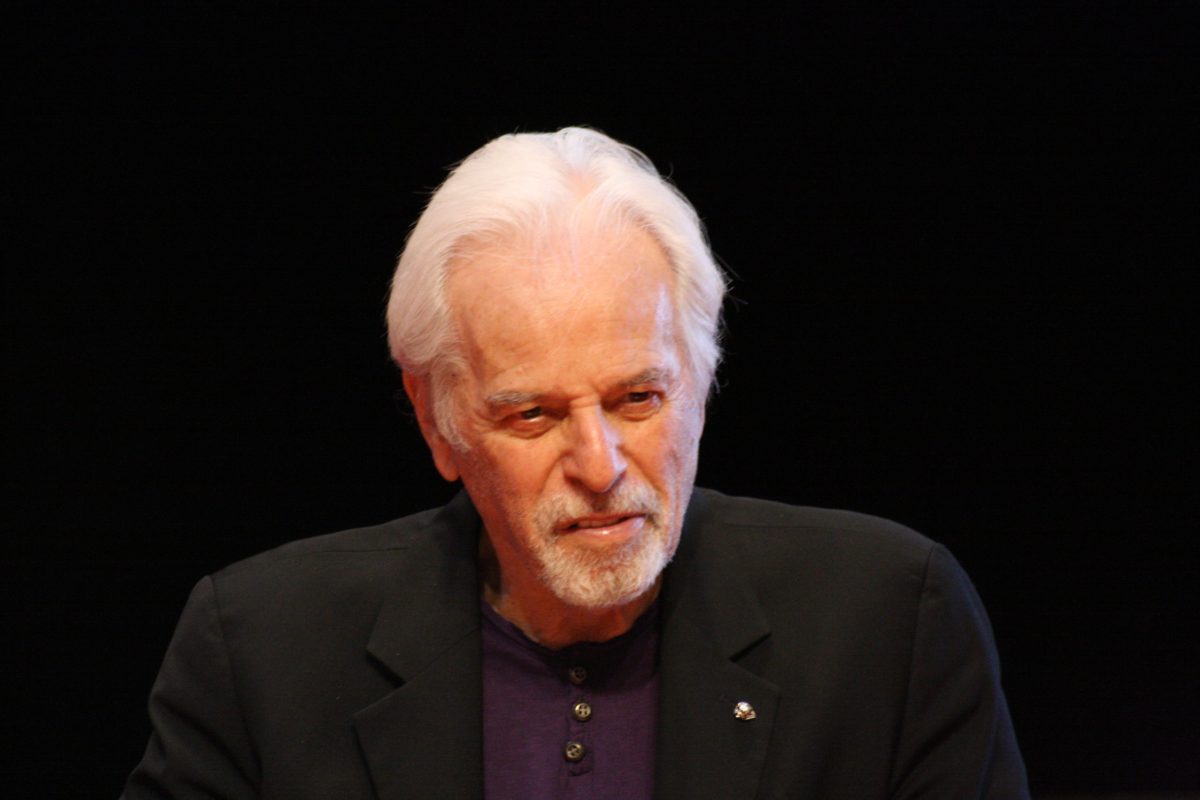When I was first introduced to the Black Panther, I was twelve and babysitting my siblings in the sweltering heat of Lagos, Nigeria. As usual, the power supply was spotty so we had to put on the generator. When we finally managed to turn it on, my brother suggested we watch Disney XD. At first, I was wary – the unspoken agreement in our house was that Disney Channel was for girls and Disney XD was for boys, but this time around we chose not to follow that rule. At the time, I had just entered an all girls’ school and was fighting to suppress my tomboyish nature, but deep down I wanted to watch the boys’ channel.
That was the first time I was introduced to The Avengers: Earth’s Mightiest Heroes. In the world of Tony Stark (Iron Man), Steve Rogers (Captain America) and Hank Pym (Ant-Man) I knew I had found my tribe.
But out of all of the Avengers, none captured my attention and piqued my curiosity like the Black Panther did. He was smart, educated and kicked total butt. Above all, not only was he black, he was a monarch from a prominent African country. For someone like me, who only ever got to see Africa portrayed in a bad light in mainstream media, T’Challa, the King of Wakanda, meant everything to me.
A call-and-response is a form of interaction between a speaker and an audience in which the speaker’s calls are punctuated by the audience’s response. The call-and-response is deeply rooted in African culture; it can be found in our music, our interactions, our literature. For a long time, it was an integral part of our storytelling. So when the Black Panther called for his story to be told on the silver screen with director Ryan Coogler at the helm, the African diaspora responded. Millions showed up to movie theater in traditional attire, showcasing their cultures and breaking box-office records in the process.
One thing that stood out in the film was the attention to detail of the whole production. From the costumes and the set designs, to the accents that all the actors sport, the production crew did their best to stay true to the African aesthetic.
Another aspect that stood out was how relevant the film was in the current world climate. Oftentimes, Marvel movies fail to push the envelope and question or even comment on the status quo, but Black Panther does more than that. The movie addresses issues of race, colonialism, and the disparities that are often seen in the African diaspora and it does that while giving us stunning Afro-futuristic visuals and strong character development.
Ten years ago, the world was introduced to their first Iron Man movie and the first installment in the Marvel Cinematic Universe (MCU). Eighteen movies later, audiences are still compelled to watch their favorite characters grace the big screen. This is because each of Marvel’s films has been made to match great filmmaking standards: eye popping visual effects, stellar action sequences, and compelling title characters at the core.
After his brief scenes in Captain America: Civil War, T’Challa experienced a great character arc in this film. T’Challa’s character goes through one final challenge to become the rightful king of Wakanda and it is this challenge that becomes his defining moment in the MCU.
Not concerning itself with exposition or setting up other Marvel movies, Black Panther gives enough time to showcase each character’s quirks (e.g. Shuri, his sister, and Okoye, a Wakandan guard), and still has enough screen-time to showcase well-choreographed action sequences, and Michael B. Jordan’s terrific performance as Killmonger. That being said, an abundance of CGI is also used in the movie, which can at times seem rushed.
































